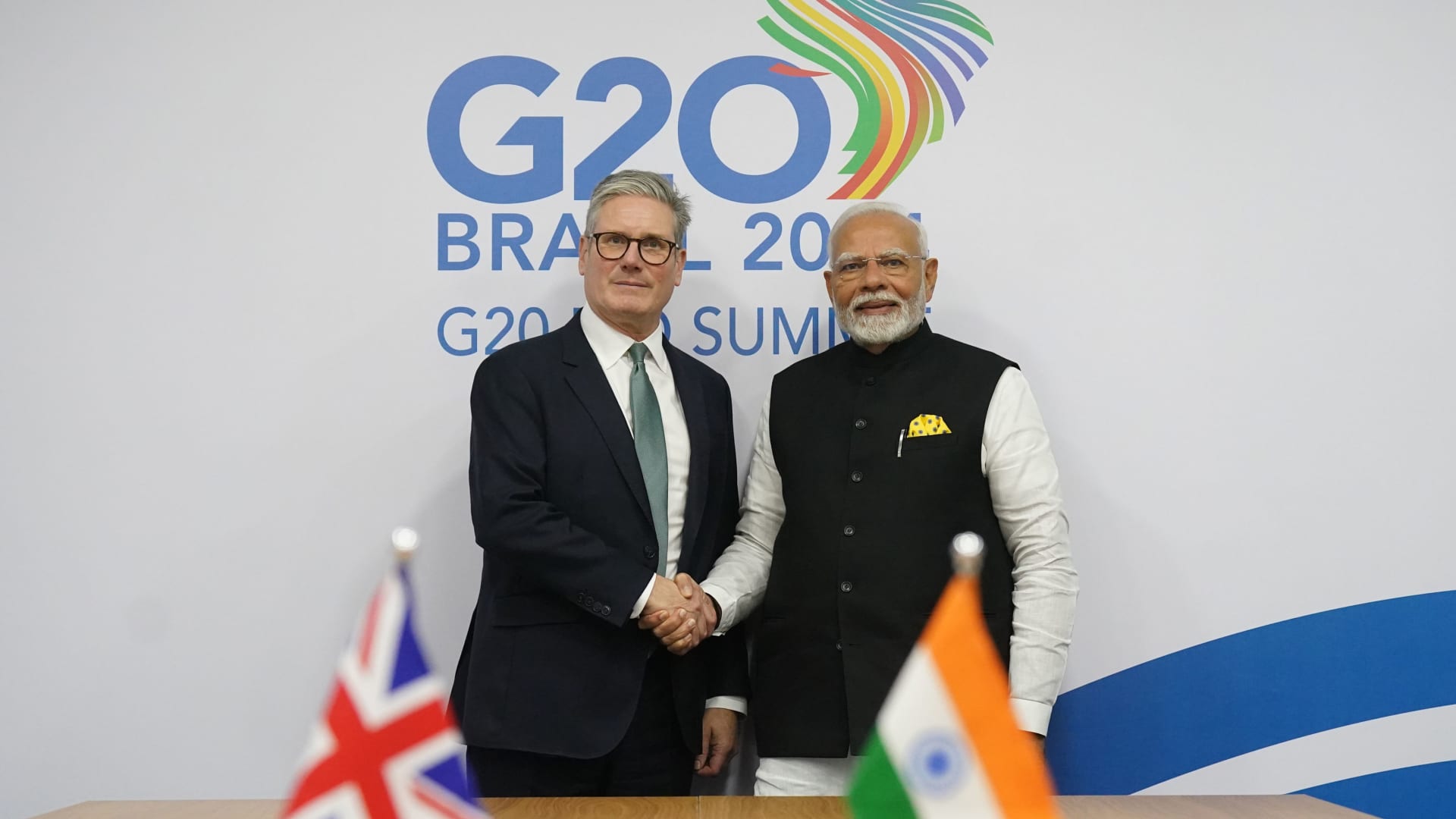The UK-India Trade Deal: A Strategic Pivot in a Shifting Global Economy
Introduction
Trade agreements often serve as barometers of geopolitical shifts, and the newly minted UK-India trade deal is no exception. Against the backdrop of escalating U.S.-led tariff wars, this bilateral pact represents more than just economic pragmatism—it’s a calculated move to insulate both economies from global volatility while unlocking new growth avenues. The deal, years in the making, underscores how nations are rewriting trade playbooks in response to protectionist headwinds.
The Genesis: A Marathon of Negotiations
From Diwali Deadlines to Diplomatic Breakthroughs
The road to this agreement was anything but smooth. Launched in 2022 under then-PM Boris Johnson, negotiations aimed for a Diwali deadline that came and went without resolution. Thirteen grueling rounds of talks later, the process stalled as both countries turned their focus to 2024 elections. Yet, persistence paid off. The final deal reflects hard-won compromises, particularly on contentious issues like tariffs for British whisky and automobiles—a testament to the art of the possible in trade diplomacy.
Key Provisions: Where the Deal Delivers
Tariff Reductions: A Gradual Unlocking of Markets
At its core, the agreement is a phased dismantling of trade barriers:
– Whisky Wars No More: India’s steep 150% tariff on Scotch whisky—a major pain point for UK exporters—will drop to 75% immediately, then to 40% over a decade.
– Auto Sector Boost: British car manufacturers gain relief with reduced Indian import taxes, leveling the playing field against competitors in tariff-hit markets like the U.S.
– Cosmetics and Gin: Premium UK brands in these sectors will enjoy expanded access to India’s burgeoning consumer class.
Economic Ripple Effects
The UK anticipates a £4.8 billion ($6.4 billion) annual GDP boost, while bilateral trade could surge by $25.5 billion. For context, this counters the drag from U.S. tariffs, which have hiked the average American import levy to 27%—a 50-year high.
Strategic Calculus: Why This Deal Matters Now
Navigating the U.S. Tariff Storm
The timing is deliberate. With the U.S. aggressively taxing imports (from steel to Scotch), the UK and India are hedging risks by diversifying trade flows. India, in particular, has been vocal about reducing reliance on volatile U.S. trade policies. As Finance Minister Nirmala Sitharaman noted, the deal exemplifies “trade beyond old alliances”—a nod to realpolitik in an era of economic nationalism.
Post-Brexit Britain’s Playbook
For the UK, this is a cornerstone of its Global Britain strategy. Post-Brexit, the EU’s share of British trade has dipped below 50%, making deals like this critical. India—the world’s fifth-largest economy—offers a consumer base of 1.4 billion and a gateway to Indo-Pacific markets.
Challenges Ahead: The Fine Print
Implementation Hurdles
While the deal is signed, success hinges on execution:
– Regulatory Alignment: Differing standards on food safety, intellectual property, and services trade could slow momentum.
– Political Winds: Future leadership changes in either nation might alter priorities.
Sectoral Winners and Losers
– Winners: UK distilleries, automakers, and luxury goods firms; Indian IT and pharmaceutical exporters.
– Pressure Points: Some Indian farmers fear competition from cheaper UK dairy imports, while British service sectors await clearer access.
Conclusion: A Blueprint for the New Trade Order?
Beyond Tariffs—A Signal to the World
The UK-India deal isn’t merely about economics; it’s a statement. In a world fracturing into trade blocs, it demonstrates how middle powers can craft resilient, mutually beneficial partnerships. As U.S. tariffs reshape global supply chains, this agreement offers a template: gradual liberalization, sectoral compromises, and a shared vision for long-term growth.
For businesses and policymakers alike, the message is clear: in turbulent times, diversification and agility are the currencies of survival. The UK and India have just placed a bold bet on that future.











